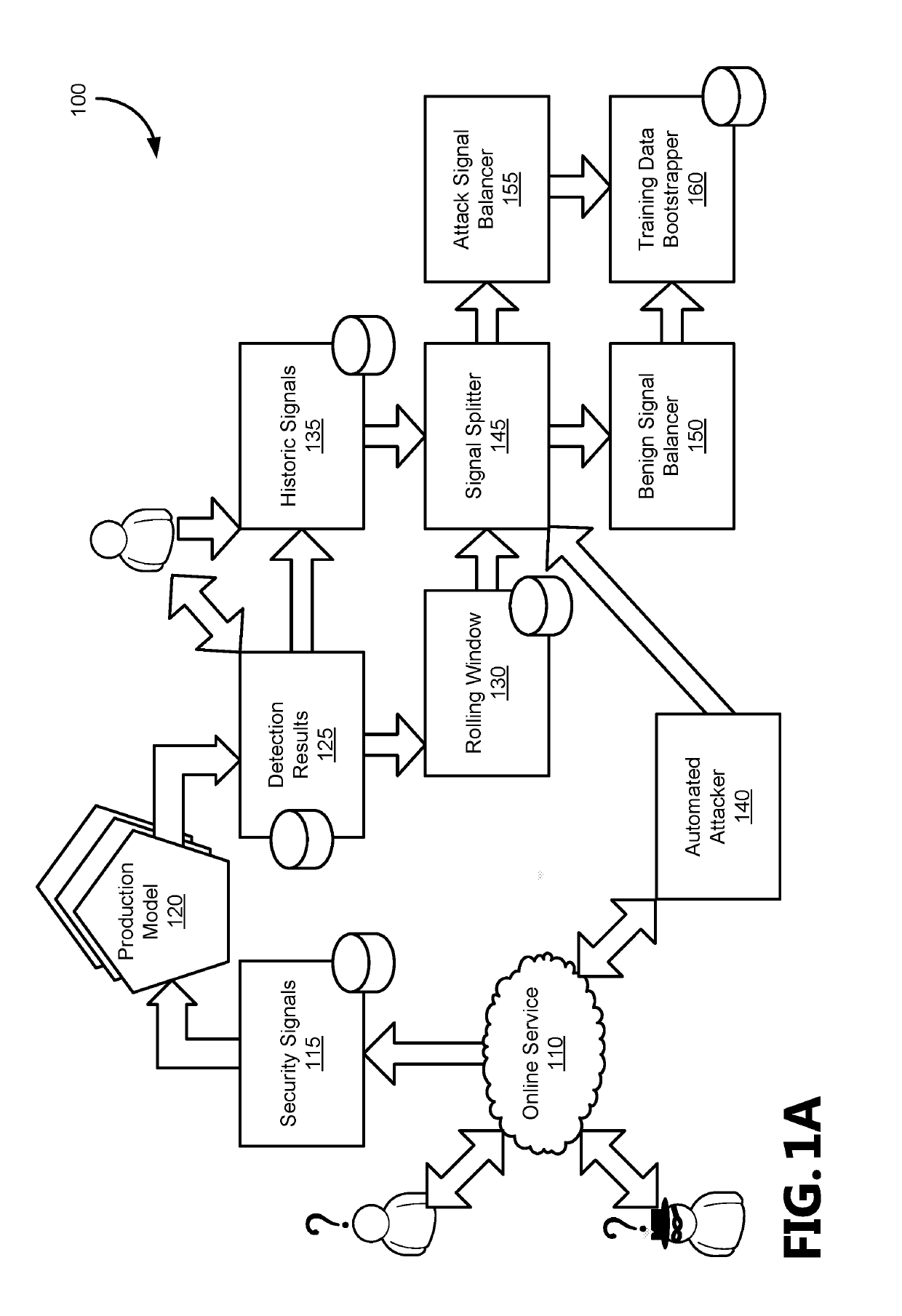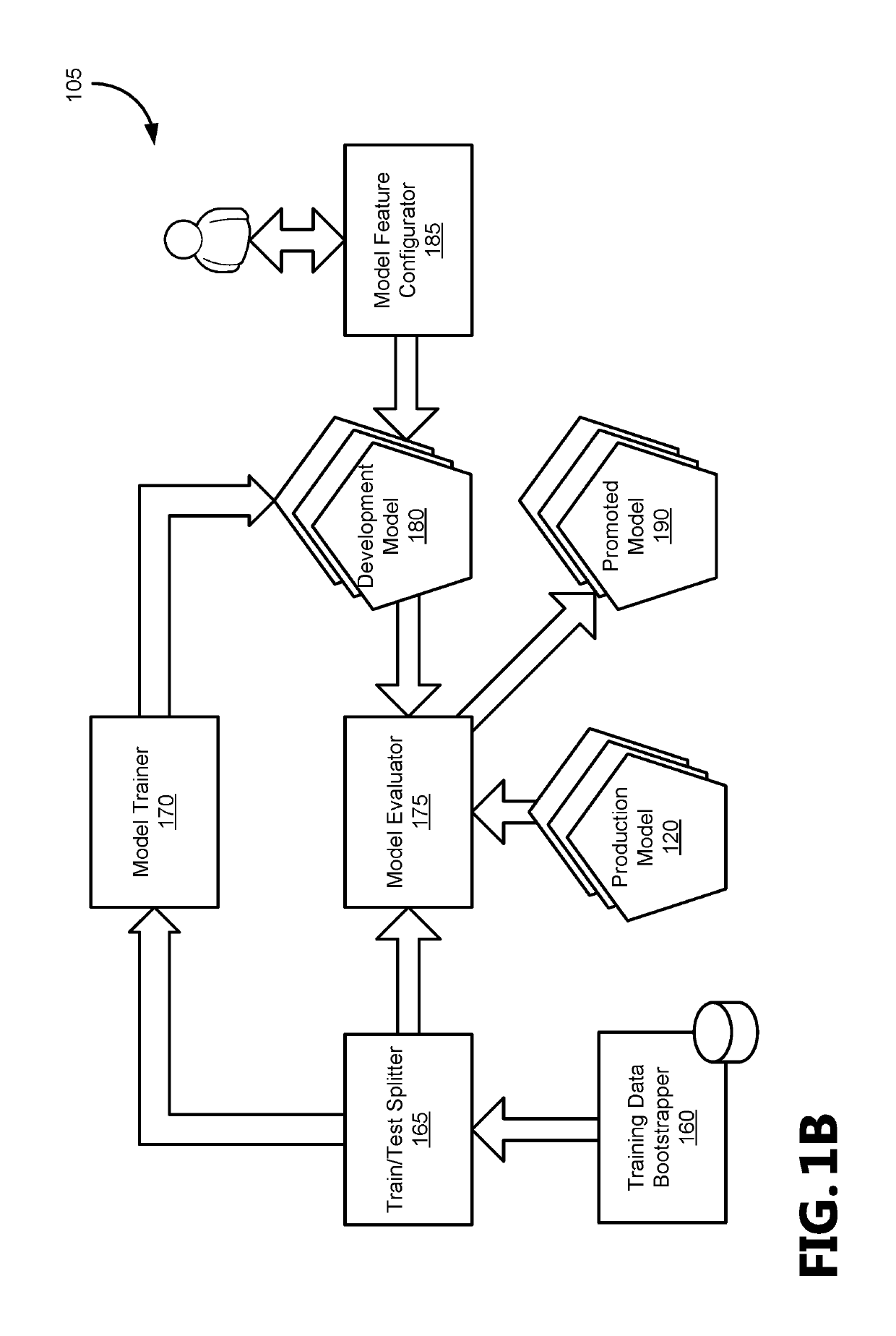Continuous learning for intrusion detection
a technology of intrusion detection and continuous learning, applied in the field of continuous learning for intrusion detection, can solve the problems of inability to correctly identify and block the latest exploit, the network is constantly under malicious threat, and the implementation of countermeasures is often reactive, so as to improve the functionalities of the devices and software in the network, improve the security of the network, and avoid the effect of wasting computing resources
- Summary
- Abstract
- Description
- Claims
- Application Information
AI Technical Summary
Benefits of technology
Problems solved by technology
Method used
Image
Examples
Embodiment Construction
[0015]The following detailed description refers to the accompanying drawings. Wherever possible, the same reference numbers are used in the drawings and the following description refers to the same or similar elements. While examples may be described, modifications, adaptations, and other implementations are possible. For example, substitutions, additions, or modifications may be made to the elements illustrated in the drawings, and the methods described herein may be modified by substituting, reordering, or adding stages to the disclosed methods. Accordingly, the following detailed description is not limiting, but instead, the proper scope is defined by the appended claims. Examples may take the form of a hardware implementation, or an entirely software implementation, or an implementation combining software and hardware aspects. The following detailed description is, therefore, not to be taken in a limiting sense.
[0016]Systems, methods, and computer readable storage devices includ...
PUM
 Login to View More
Login to View More Abstract
Description
Claims
Application Information
 Login to View More
Login to View More - R&D
- Intellectual Property
- Life Sciences
- Materials
- Tech Scout
- Unparalleled Data Quality
- Higher Quality Content
- 60% Fewer Hallucinations
Browse by: Latest US Patents, China's latest patents, Technical Efficacy Thesaurus, Application Domain, Technology Topic, Popular Technical Reports.
© 2025 PatSnap. All rights reserved.Legal|Privacy policy|Modern Slavery Act Transparency Statement|Sitemap|About US| Contact US: help@patsnap.com



